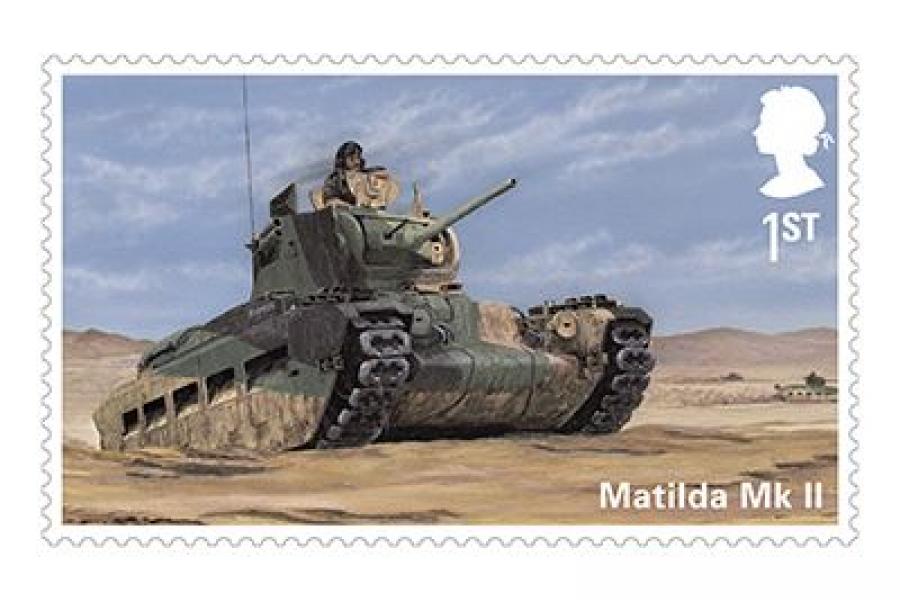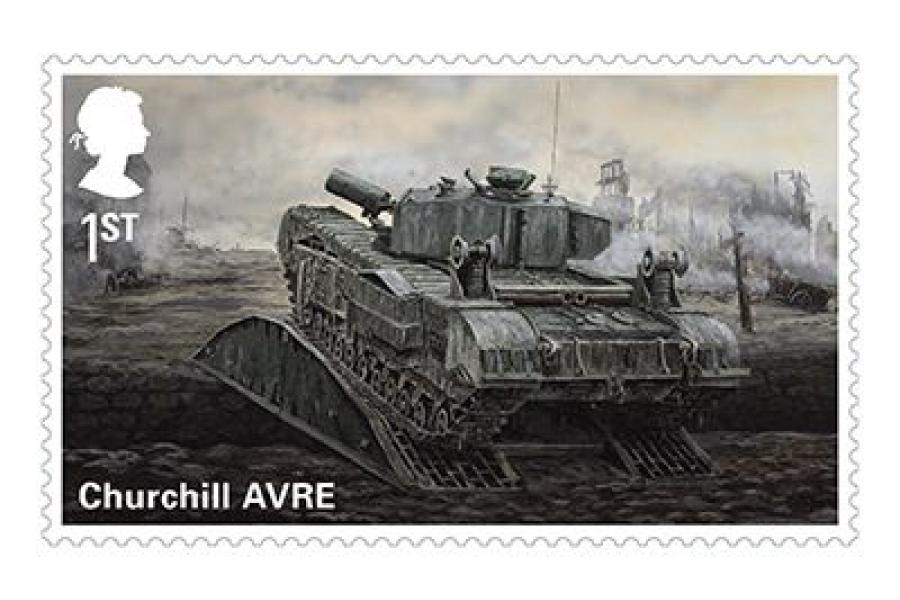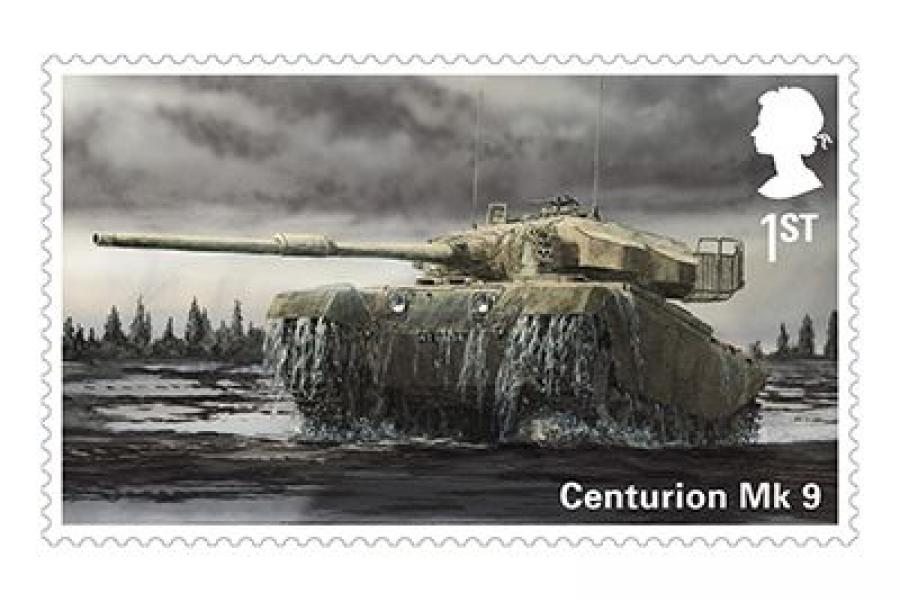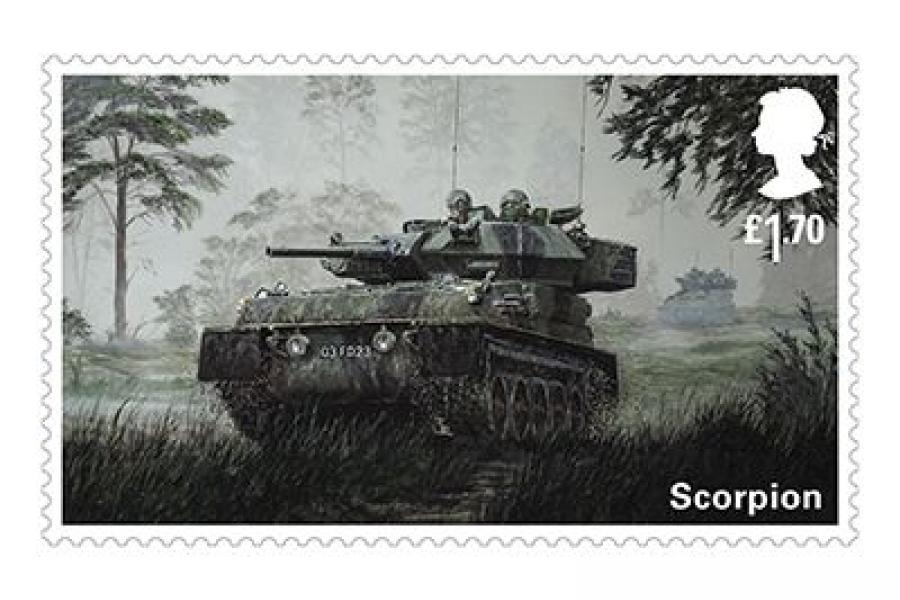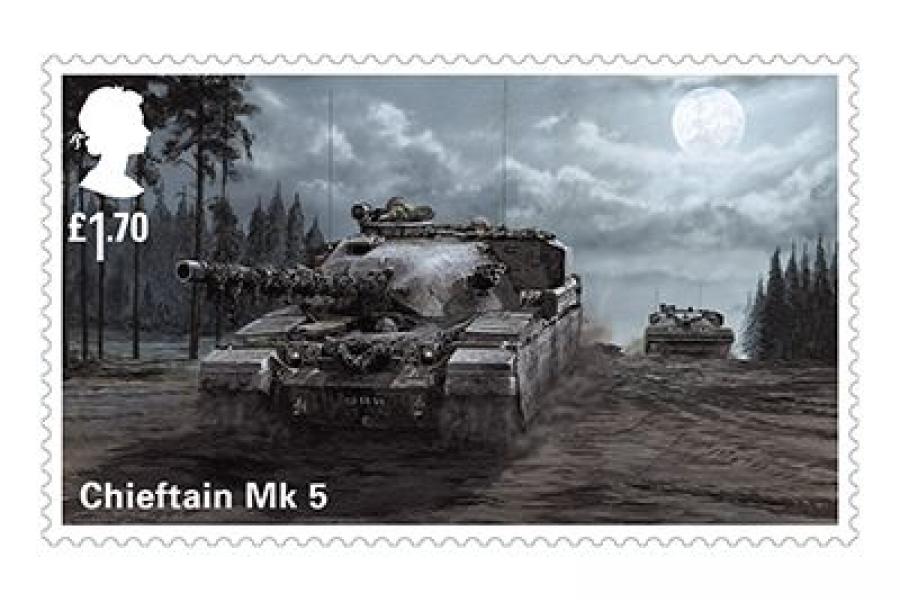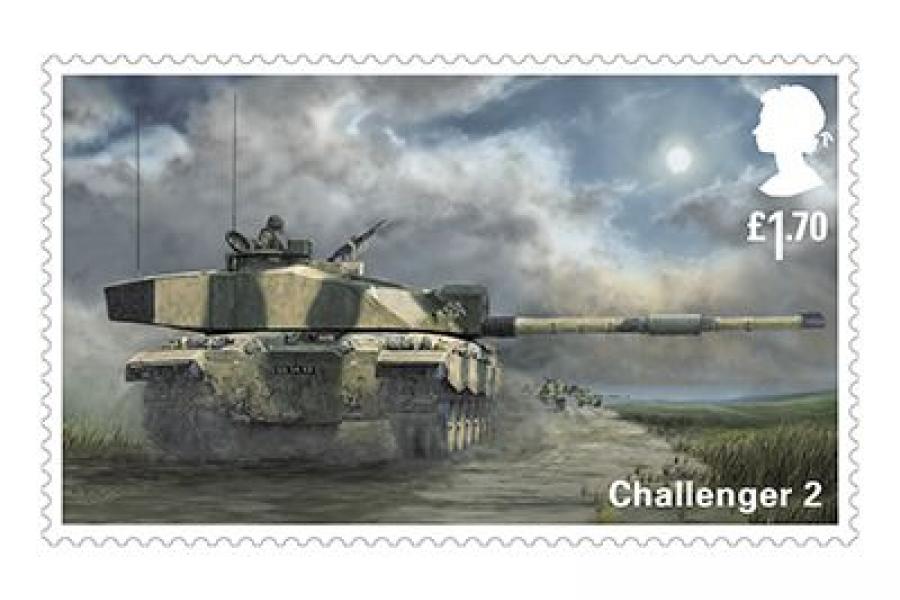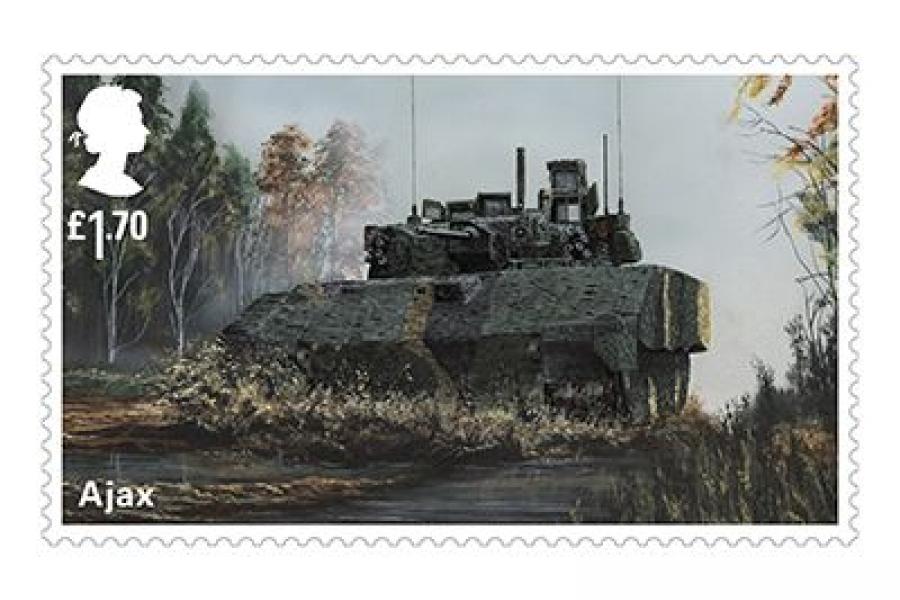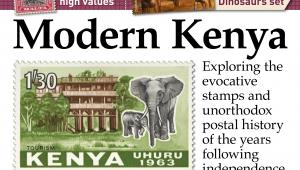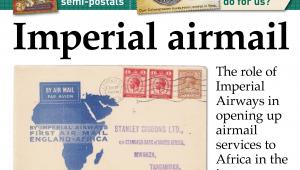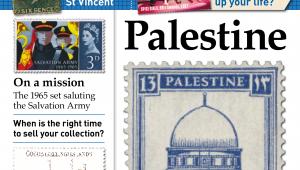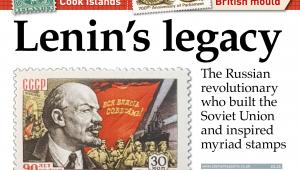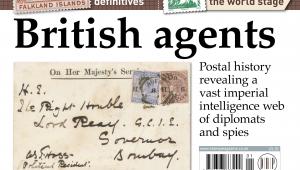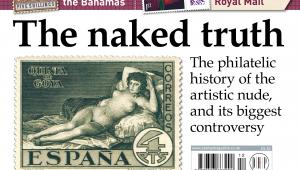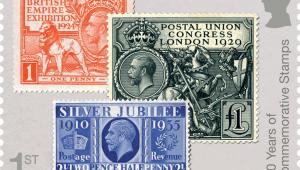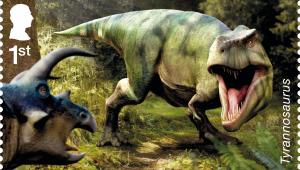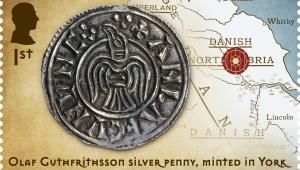British Army Vehicles
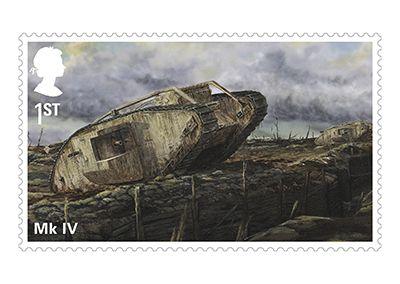
Royal Mail issued a set of eight stamps and a miniature sheet on September 2 featuring British Army Vehicles.
The counter sheet designs follow the development of tanks since their introduction during World War I. They are illustrated by military artist Mick Graham, who served with the Royal Tank Regiment for 15 years.
The miniature sheet focuses on non-combat vehicles which play an equally important role in military operations, with specialist tasks such as patrol, reconnaissance, tactical support and engineering. These designs are based on photographs.
The British Army has always needed vehicles to transport food, munitions and supplies, but in World War I new weapons were required to break through trenches defended by barbed wire and machine guns. The first tanks saw action in September 1916.
By the end of the war, Britain had developed various other types of armoured vehicle, and at the outbreak of World War II it had the only fully mechanised army in Europe. By the end of the war it had 11 armoured divisions, and over 1.5 million vehicles in service.
The Cold War brought new requirements, including vehicles sealed against chemical and nuclear contamination, and new technologies, such as infrared or thermal imaging. Recent times have seen the development of autonomous vehicles.
The sheet stamps, which are available in four horizonally se-tenant pairs, were designed Royal Mail Group and the miniature sheet by Studio Up. The whole issue was printed in litho by International Security Printers.
1st class MkIV TANK
The first use of rhomboid-shaped MkI tanks on the Somme in September 1916 had mixed results, and the MkII and MkIII tanks were made in small quantities, but the MkIV proved its worth at Cambrai in November 1917. More than 1,200 were manufactured before the war’s end, each crewed by eight men.
1st class MATILDA MkII TANK
The Matilda was the second in a series of infantry tanks put into production just before World War II, intended for attacking a defended position in co-ordination with infantry troops. It saw action in France, where its thick armour made it impervious to most German anti-tank guns, in North Africa, where it was dubbed ‘The Queen of the Desert’, and later in the Far East.
1st class CHURCHILL AVRE TANK
The Churchill infantry tank was converted into an AVRE (Armoured Vehicles Royal Engineers), with fixtures allowing it be adapted to carry large loads or lay trackway, while the spigot mortar in its the turret could fire a 40lb demolition charge at defensive structures. The AVRE first went into action on D-Day, in June 1944, and was considered a great success.
1st class CENTURION Mk9 TANK
The Centurion was developed by the end of World War II and missed seeing wartime action by a month, but went on to have a long service life, including in the Korean War. Its Rolls-Royce Meteor engine gave it 650hp, double that of many rivals, and the Mk9 featured the powerful L7 105mm gun which became the NATO standard.
£1.70 SCORPION TANK
Part of a family of vehicles designed in the 1960s with common components, the Scorpion saw action in the Falklands War and the First Gulf War. Small and light, and powered by the same Jaguar J60 engine as the E-type sportscar, its top speed of 45mph made it a difficult target to hit as a reconnaissance vehicle.
£1.70 CHIEFTAIN Mk5 TANK
Introduced in 1967, the Chieftain was Britain’s main battle tank (MBT) through the Cold War period, but saw action only in the hands of Iranian and Kuwaiti forces in was in the Gulf region. Its stabilised 120mm gun was very accurate, its steel armour was sloped for optimal protection, and its profile was low to present a smaller target.
£1.70 CHALLENGER 2 TANK
Developed by Vickers and introduced in 1998, the Challenger 2 has a secret composite arrangement of armour including ceramics, giving greater protection than steel alone. Its 120mm rifled gun that can fire a range of ammunition types, it has a thermal imaging system to allow it to fight at night, and it is still being upgraded to respond to new challenges on the modern battlefield.
£1.70 AJAX TANK
The scouting vehicle in a new family of medium-weight armoured machines now coming into service, with six variants based on a common chassis, the Ajax is fitted with state-of-the-art ISTAR (intelligence, surveillance, target acquisition and reconnaissance) digital technology. Among its defensive systems are acoustic shot-detection sensors whih can tell the crew the direction of incoming fire.
MINIATURE SHEET
1st class COYOTE
This tactical support vehicle with superb off-road capability is used for reconnaissance and patrolling. It has six wheels to allow it to carry a heavier load, including up to five soldiers.
1st class ARMY WILDCAT
This reconnaissance helicopter can fulfil a number of roles, including command and control, sophisticated battlefield surveillance and transport of up to six troops or supplies.
£1.70 TROJAN
This armoured vehicle of the Royal Engineers is equipped for clearing battlefield obstacles. It can have a dozer blade or a mine plough fitted to the front, and can position a fascine (a bundle of plastic pipes) to allow other vehicles to cross a trench or marsh.
£1.70 FOXHOUND
This light protected patrol vehicle can carry up to six people at speeds of up to 70mph. It has a V-shaped hull to dissipate the blast from landmines.
OTHER PRODUCTS
Written by David Willey, a curator at The Tank Museum, the presentation pack explores the evolution of armoured vehicles, with details of the featured tanks.
First day covers and stamp cards are available as usual.
PRICES
Set of 8 stamps £10.20
Miniature sheet £5.10
Presentation pack £16.20
Stamp cards £5.85
First day cover (stamps) £12.90
First day cover (mini sheet) £6.80
VERDICT
COMMEMORATIVE WORTH 3/5
It is surprising that army vehicles have been ignored by the stamp programme for so long
QUALITY OF DESIGN 3/5
Commissioned paintings give the counter sheet stamps a touch of class, and beat the miniature sheet hands-down
WOW FACTOR 2/5
Some of the designs are quite drab, although this is understandable given that drab is a military colour!

